He's got thousands of artillery guns and rockets pointed at them, some primed with chemical and biological payloads. But getting a South Korean citizen to say something negative about North Korean despot Kim Jong-un is a surprisingly difficult task.
PERHAPS it’s a cultural thing; or maybe they are reluctant to awaken the beast. But Kim is wide awake. The South Koreans are themselves in a slumber. They believe they are safe from Kim, instead blaming Donald Trump for stirring the risk of war.
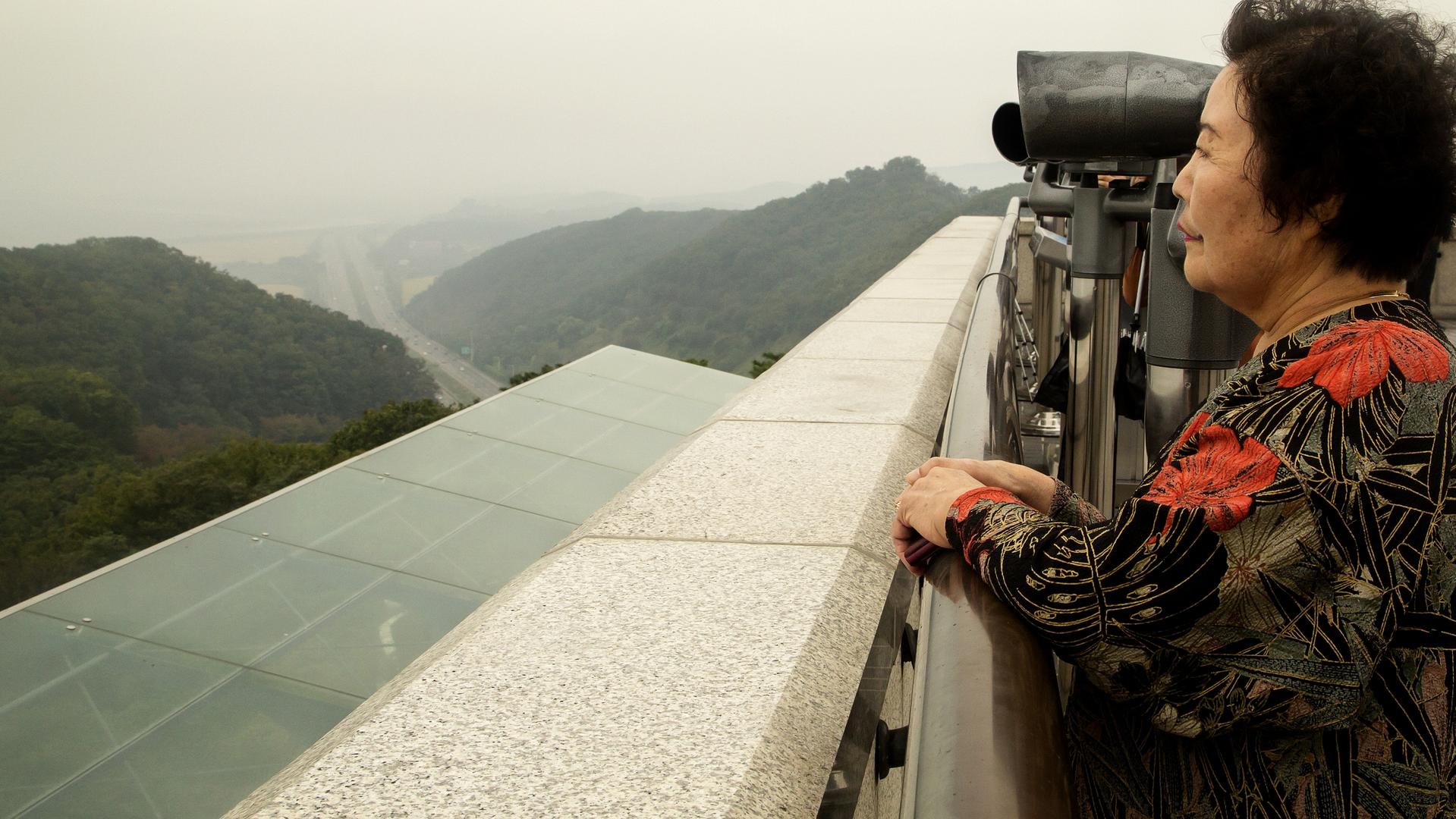
ETERNAL STRUGGLE
On a visit to the Demilitarized Zone, or the DMZ, that for 64 years has kept North and South in a tenuous state of peace, is to see first-hand a macabre comedy underpinned by a tragic past and a potentially terrible future.
Yet the international community’s sense that the South is at the epicentre of a flashpoint is oddly absent here.
At points along the DMZ are “peace observatories”, modern tourist facilities looking across rivers to the North. Those older South Koreans who were born in the North and separated from it by war come to stare at their former homeland. It’s as close as they can get.
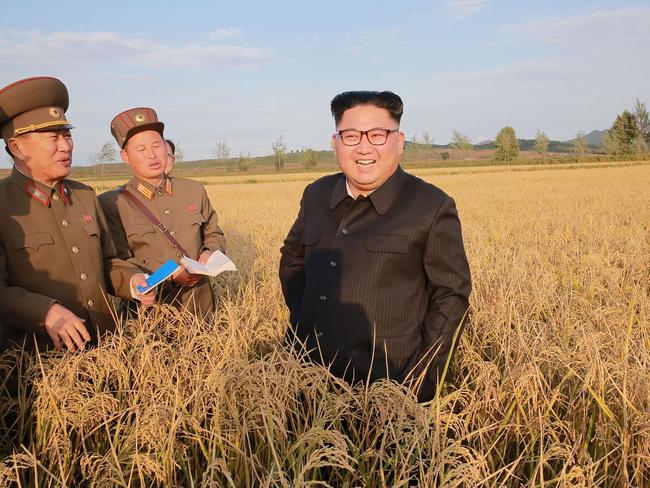
Others just come to look, to see an archaic world where the land is tilled by hand and oxen carts are loaded with sheaves of rice. The North Korean lookout posts are manned by real soldiers but also wooden dummies, adding to the dismal absurdity.
At the Ganghwa Peace Observatory, northeast of Seoul, the South blares old popular songs across the two km stretch of water to aggravate communist soldiers manning a small barracks; from the North, giant hillside speakers blast patriotic songs right back.
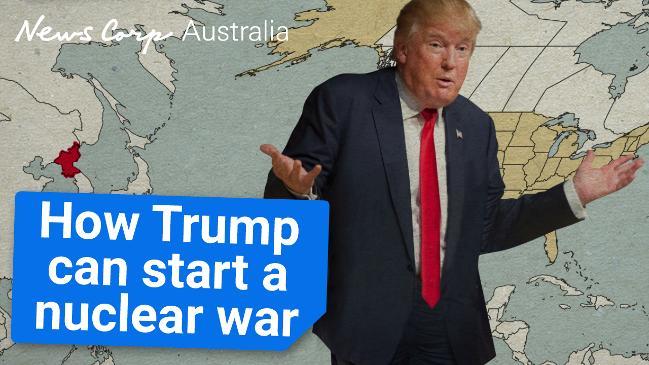
Beneath the tourist lookout are large artillery guns; on the other side are patches of disturbed earth where the North has similar weapons pointed right back. In one observation post there is a theme park with rides for the kids, while parents look north through coin-slot fixed binoculars.
Nothing here is normal, yet South Koreans carry on as though the rages of the Kim dynasty, usually during annual joint exercises between the South and the US, are business as usual.
But things are different in 2017: Kim has developed nuclear weapons and is in an all-year cackling fury; and Trump is in the White House.
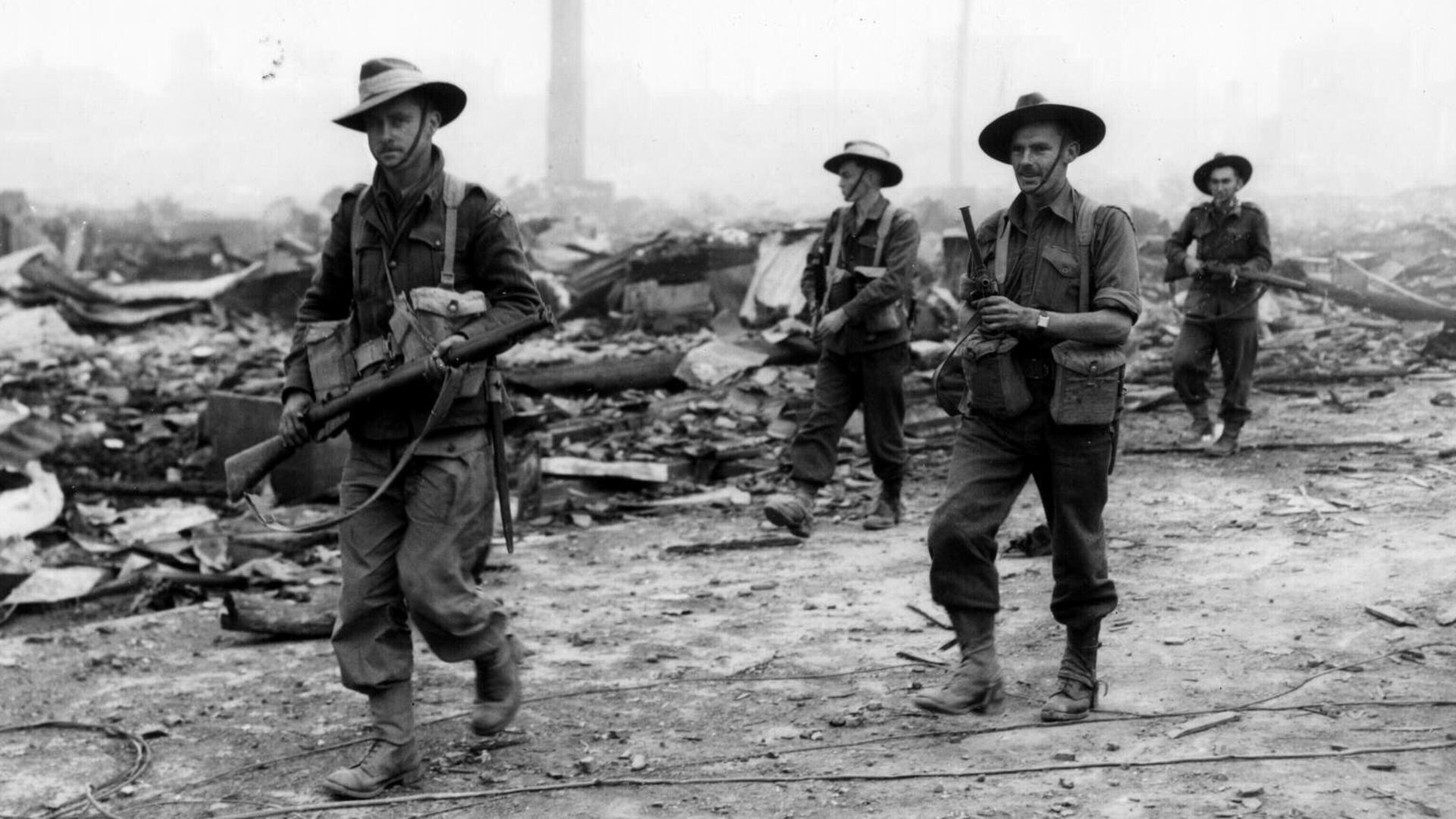
DIVERGENT FATES
Korea was up-ended at the end of WWII, when the Soviet Union and the US divided it roughly along the 38th Parallel. The Soviets installed Kim’s grandfather, Kim Il-sung, who invaded the South in 1950, starting a three-year war that ended in a rickety truce.
South Korea is a great success, the only nation that has shifted from aid recipient to aid donor, something for which it is justifiably proud. It is one ahead of Australia in the world’s top 15 economies, taking 12th place, and is home to companies well-known to us: LG, Samsung, Hyundai, Kia.
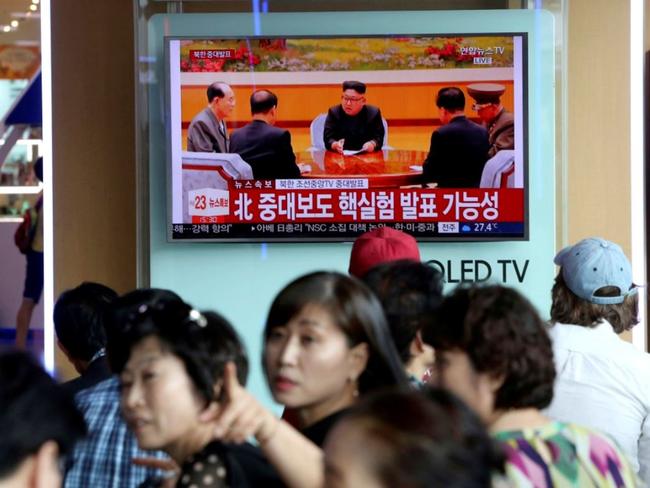
Yet these people don’t smile much. The drive to succeed is, I am told, even more extreme than Japan; kids study hard, parents work and worry harder. South Korea has the highest suicide rate in the OECD.
They will tell you it has nothing to do with the burden of living with a gun at their heads, because they say Kim will not attack. And you can see why they think it: never in modern times has a city so developed as Seoul been destroyed.
It always happens somewhere else, where homes are built from mud, or Aleppo in Syria, which most of us see for the first time as a rubble of monotone collapsed concrete, making all past vibrancy impossible to imagine.
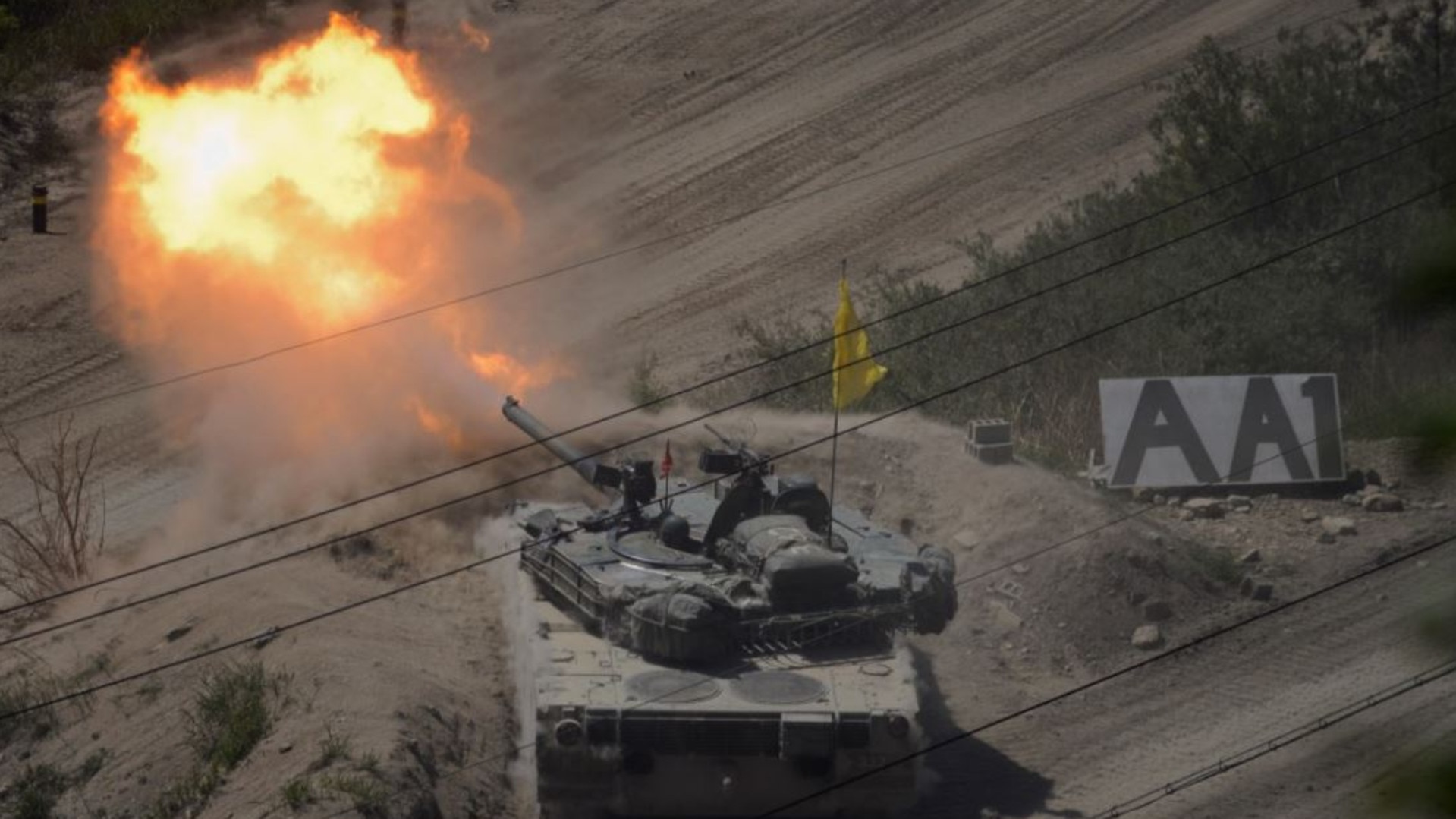
WAR FOOTING
The US has 15 bases and up to 60 smaller outposts in South Korea, with around 25,000 service people, plus families (it has twice as many US troops in Japan).
From 1950, Australia sent more than 17,000 to defend the South in the war, and lost 339 soldiers in a war we little understood. This was the price of its membership to the fledgling United Nations, then a genuine offensive-peace machine now stifled by veto powers.
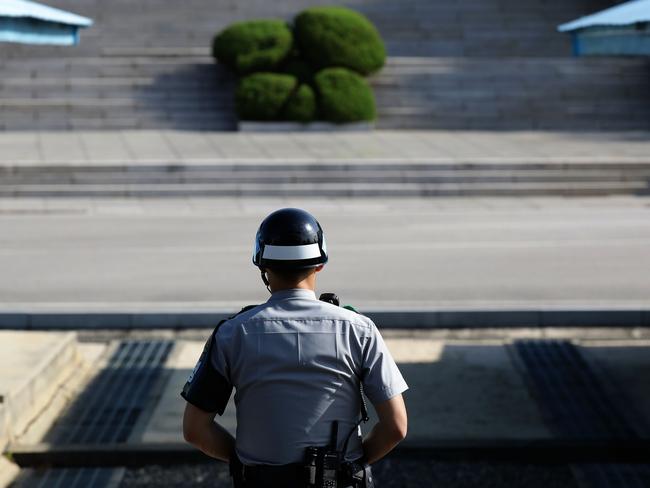
In 2017, Australia has just three people in uniform on the ground — though is looking to increase defence co-operation with more exercises.
If an attack on Seoul is unthinkable to locals, DFAT likewise sees no reportable threat, advising the several thousand Australians in South Korea to monitor developments but to “exercise normal safety precautions”.
It’s hard to gauge the sense of this advice, which takes a two-way bet by warning that “tensions on the Korean Peninsula could escalate with little warning”. However, it is in a bind: ordering even a precautionary evacuation would be dangerous, because the North would view it as evidence of an imminent US-led attack.
With not-so-subtle tweets from Donald Trump that “only one thing will work” to solve the crisis, and new show-of-force flights by heavy B-1B bombers this week, South Korean citizens insist that the US is driving tensions.
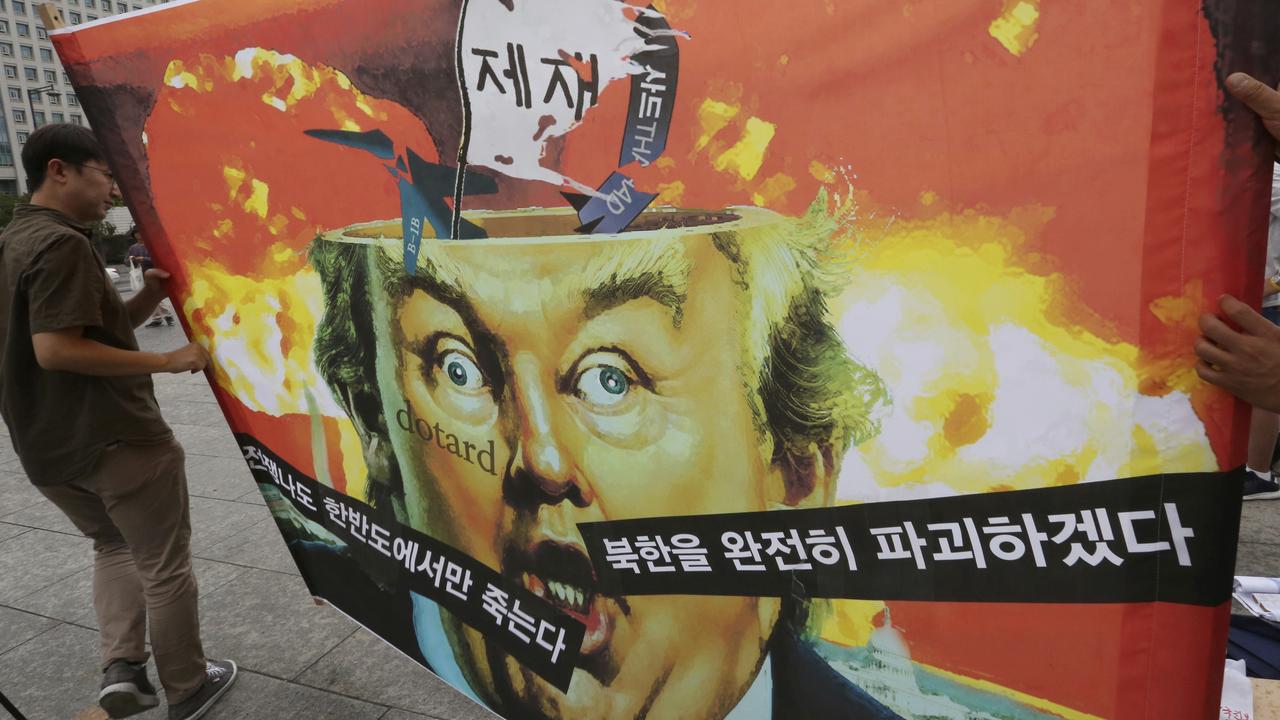
DIVIDED LOYALTIES
Even Kim’s firing of missiles over Japan draws no sympathy, because of residual hatred for Japan’s 25-year occupation of South early last century.
“I really don’t want South Korea to be sacrificed in a war between North Korea and the US,” says Yoo Hae Yong, 51, visiting Ganghwa observatory with his wife and daughter.
“I am concerned that Trump has an America-first policy and he might ignore the security of South Koreans.”
It was a line I heard often, nowhere more so than in the south-central village of Seongju, where the US has installed its THAAD — Terminal High Altitude Area Defense — system, essentially a powerful radar and six trucks carrying rockets designed to shoot down ballistic missiles.
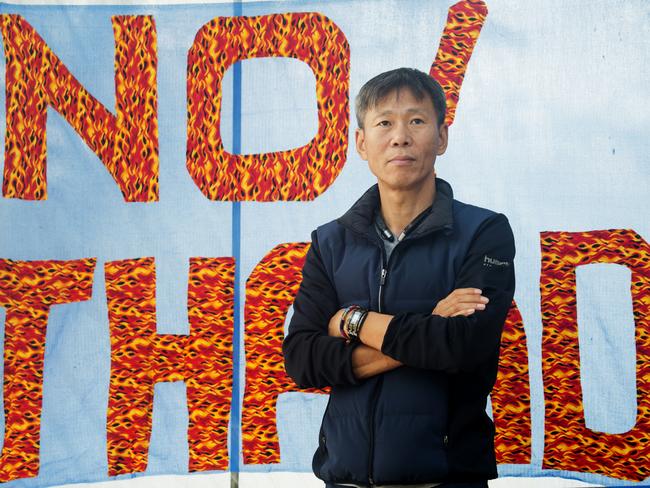
The village feels it is now a target of both North Korea and China, which objects to THAAD’s capability to pry on its turf.
“US soldiers are running the system and South Korea is guarding it,” says Park Cheol-ju, who speaks for the village. “THAAD is for the US and Japan. It is useless for us.” He argues that the missiles the North has pointed at the South will travel low and fast; THAAD is designed for higher, longer-range missiles aimed for Japan, Guam or the US mainland.
“I don’t think Kim Jong-un will start the war,” Park says. “The reason he is doing his tests is to be recognised as a nuclear country. He knows he can be destroyed, that’s why he wants nuclear weapons.”
Im Kim Ta, 73, is visiting the Odusan Unification Observatory, built to “soothe the homesickness of the displaced persons of North Korea”.
She is a child of the war, having fled to Seoul with her mother. She’s never been back and wants to see her homeland one last time. “I am ill,” she says. “It might not be possible to come back later, so that’s why I’ve come.”
She has nothing bad to say about anyone — even though directly across the way, in the Gaeseong heights, there are 300 or so artillery pieces, aimed right at her.
“I cannot blame anyone,” she says. “We are just separated and it makes me sad in my feelings.”
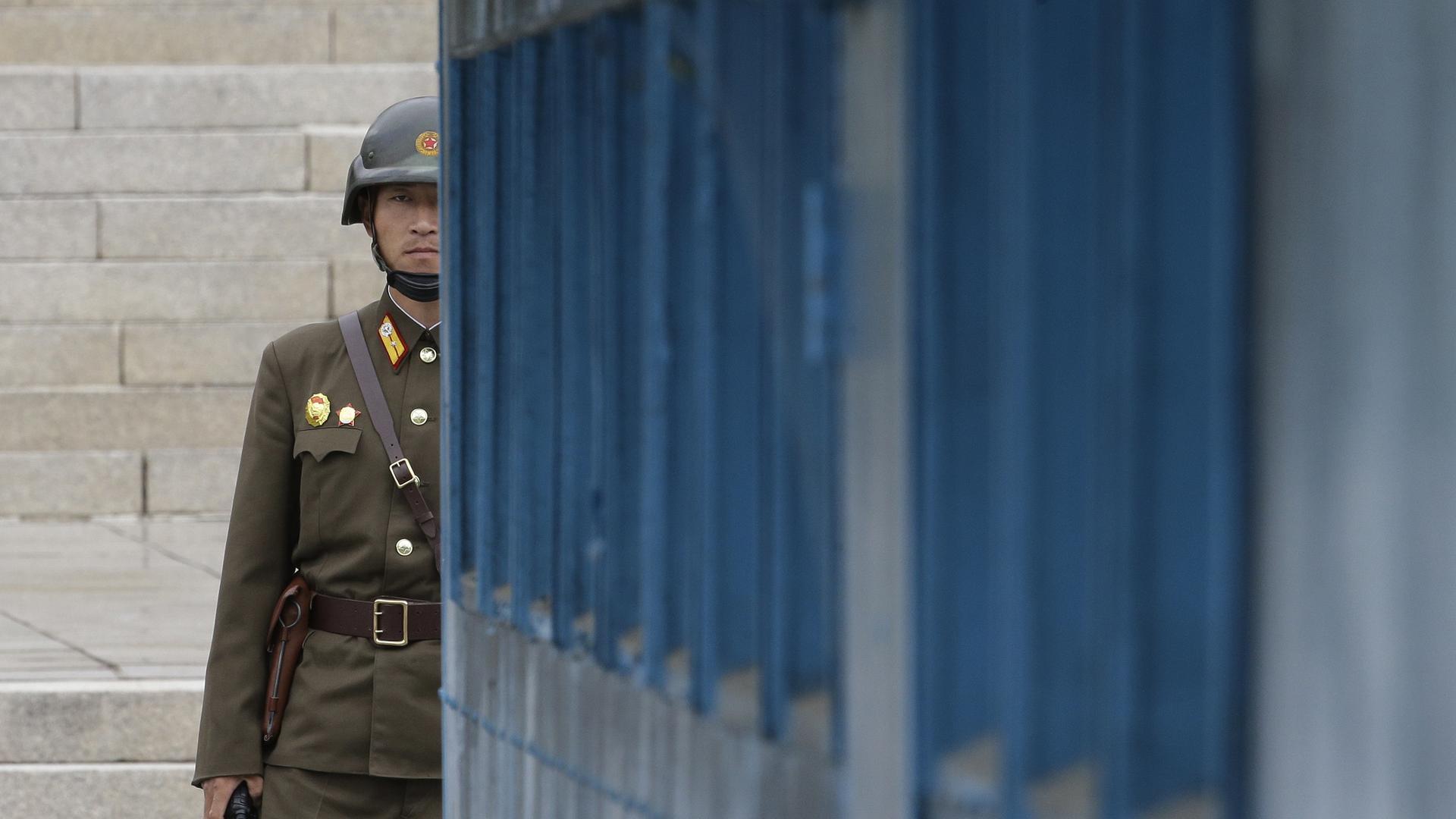
paul.toohey@news.com.au

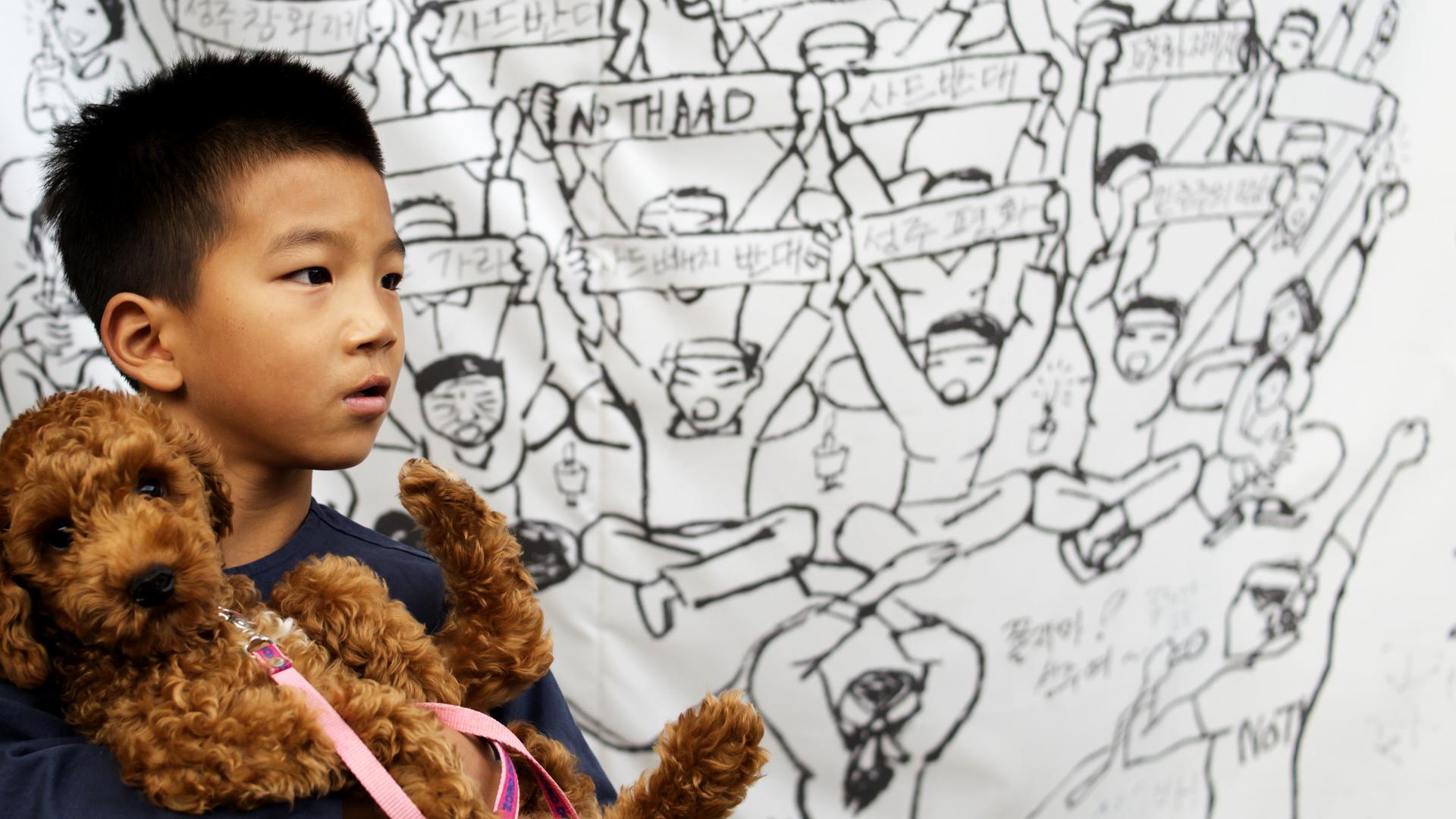
Add your comment to this story
To join the conversation, please log in. Don't have an account? Register
Join the conversation, you are commenting as Logout
Here’s what you can expect with tomorrow’s Parramatta weather
As summer moves towards autumn what can locals expect tomorrow? We have the latest word from the Weather Bureau.
Here’s what you can expect with tomorrow’s Parramatta weather
As summer moves towards autumn what can locals expect tomorrow? We have the latest word from the Weather Bureau.